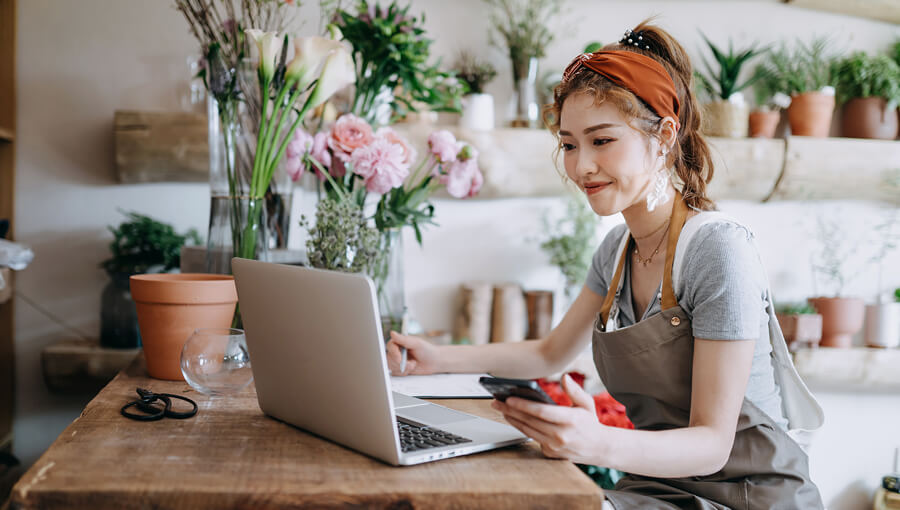How to make an invoice on different platforms
You can create invoices in many ways—from simple spreadsheets to automated accounting software. The right tool depends on your comfort level and business needs. Below, we’ll walk through how to make an invoice using Excel, Word, and QuickBooks.
How to make an invoice in Word
Word offers a clean, simple way to create professional-looking invoices. Begin with a blank document or template, then plug in your business info, client details, invoice number, and payment terms. Add a table to list products or services and their costs.
Ready to start making an invoice? Start with the blank small business template and download the Word file.
How to make an invoice in Excel
Excel is a go-to for many small businesses because of its flexibility. To start, open a blank spreadsheet and add your business name, contact details, customer information, invoice number, and itemized charges. Use formulas to automatically calculate totals and taxes.
Start making your next invoice with the blank small business template and select the option to download the Excel file.
How to make an invoice with Google Docs
Google Docs is a great choice if you need to collaborate or access your invoice from anywhere. Start with a blank document or template, and enter your business name, contact info, client details, and invoice number. Use a table to organize your services, rates, and totals.
How to make an invoice with QuickBooks
QuickBooks makes invoicing easy by automating most of the work. You can create and send professional invoices in minutes, add your branding, and even accept online payments. Plus, automatic reminders and tracking mean fewer follow-ups and faster payments.













 Aim to send your invoice within 24 hours of completing a project or service. This ensures the work is fresh in your client’s mind, increasing the likelihood of prompt payment and reducing potential delays.
Aim to send your invoice within 24 hours of completing a project or service. This ensures the work is fresh in your client’s mind, increasing the likelihood of prompt payment and reducing potential delays.




